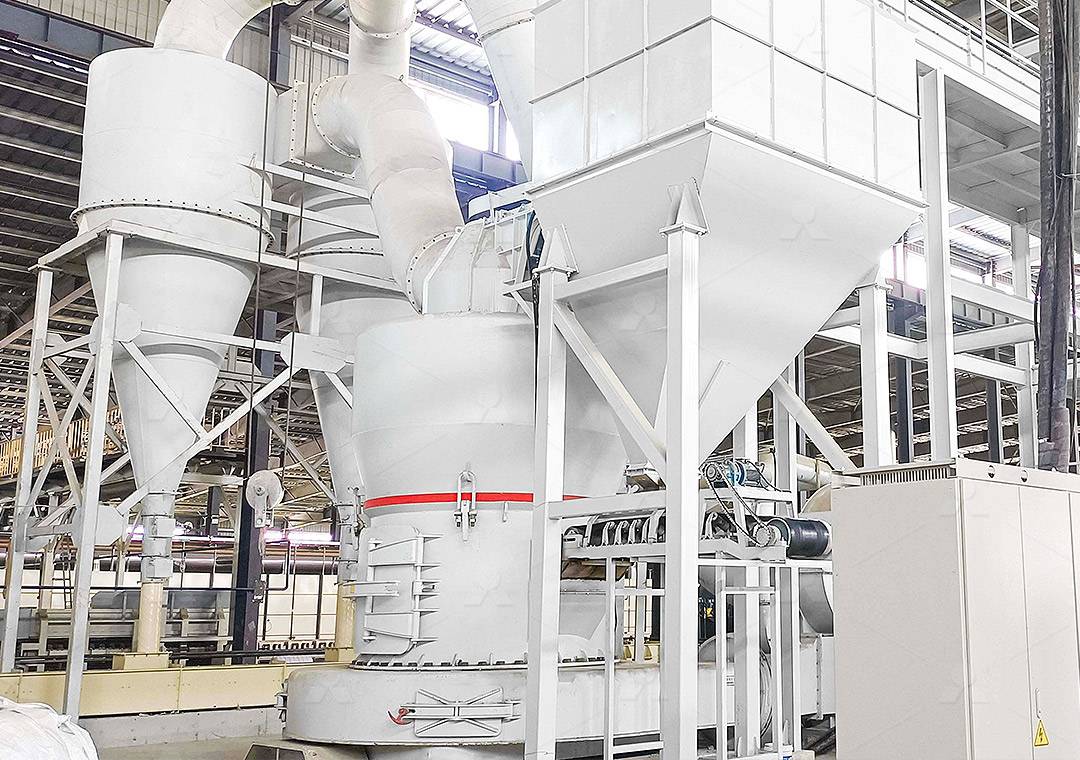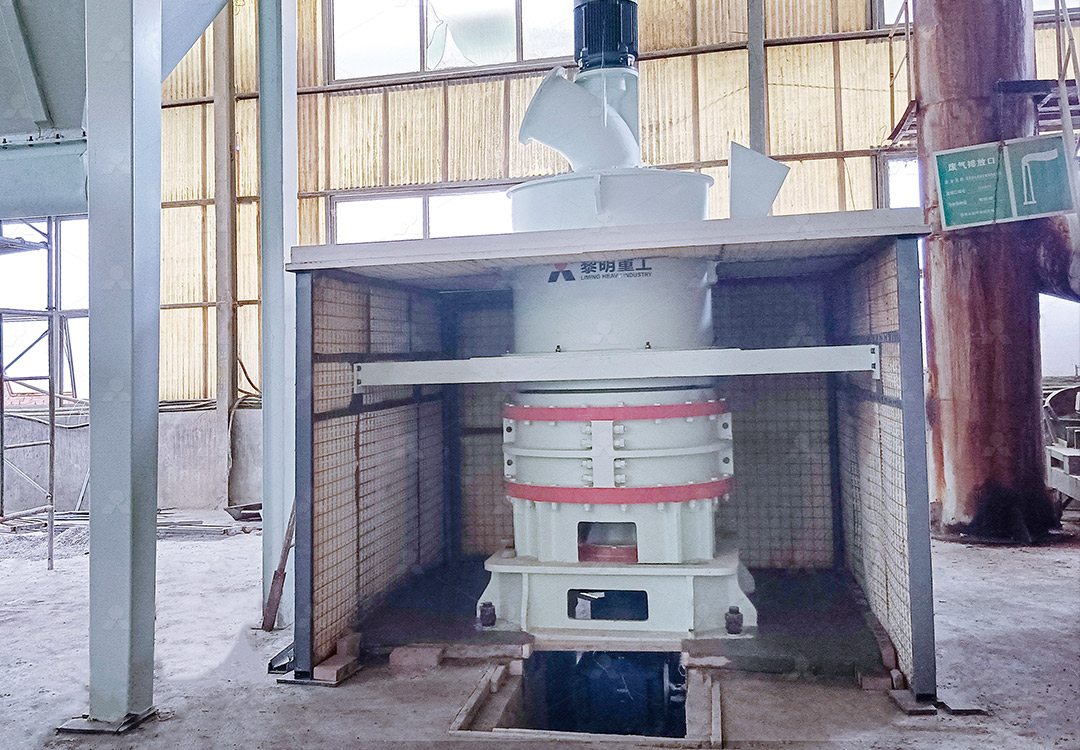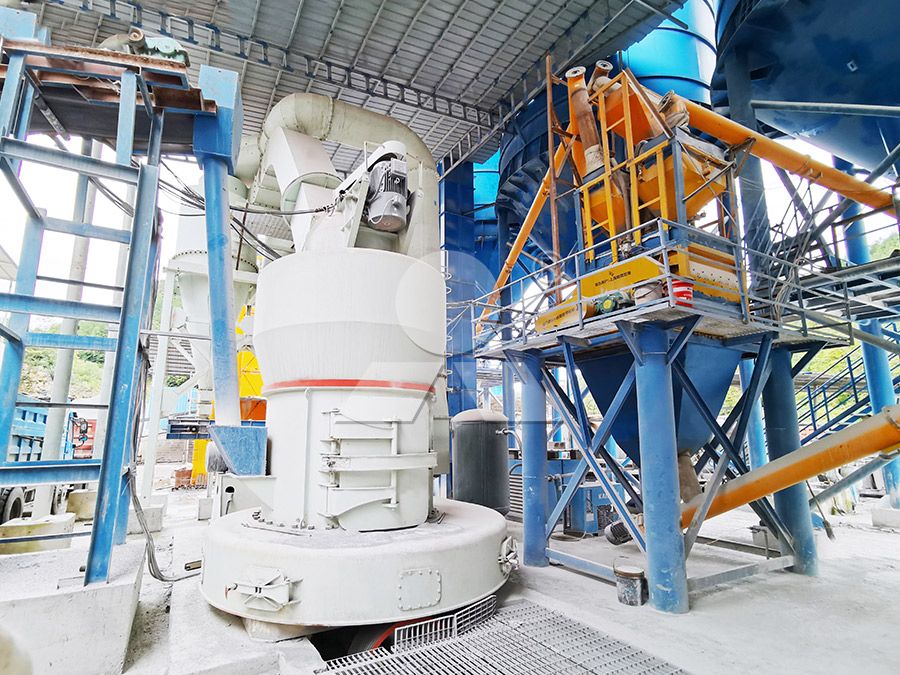How Much Does It Cost to Grind Calcite to 200 Mesh Per Ton?
How Much Does It Cost to Grind Calcite to 200 Mesh Per Ton?
This is one of the most common questions we receive from processors and manufacturers working with calcite. The truth is, there’s no single magic number. The final cost per ton is a complex equation influenced by raw material characteristics, energy prices, labor costs, maintenance schedules, and, most critically, the efficiency of the grinding mill itself. A poorly chosen mill can turn a profitable operation into a money pit through excessive power draw and frequent downtime.
The journey from raw calcite rock to a fine, consistent 200-mesh powder is where your operational costs are truly defined. This fineness is crucial for applications in plastics, paints, adhesives, and sealants, where the powder’s properties directly impact product quality. The key to controlling costs lies not just in the electricity bill but in selecting technology that maximizes yield while minimizing wear, energy consumption, and manual intervention.

Key Factors Driving Your Grinding Costs
Let’s break down the primary cost components. Energy consumption is typically the largest variable expense. Traditional ball mills, for instance, are notorious energy hogs. Mill throughput is another; a mill that processes 5 tons per hour has a very different cost profile than one managing 20 tons per hour for the same initial investment. Wear parts consumption—the replacement of grinding rollers, rings, and liners—adds a significant, often underestimated, recurring cost. Finally, operational stability and downtime for maintenance can make or break your bottom line. An unreliable mill doesn’t just incur repair bills; it halts your entire production line.
The Modern Solution: Achieving Efficiency with Advanced Grinding Technology
The industry has moved far beyond basic Raymond mills and ball mills for high-volume, fine grinding applications. The focus now is on integrated systems that deliver higher yield with lower specific energy consumption. This is where our advanced grinding technologies create a tangible difference in your cost-per-ton calculation.
For producers seeking an optimal balance of capacity, fineness control, and operational simplicity for materials like calcite, the MW Ultrafine Grinding Mill stands out. This machine is engineered specifically for customers who need to make ultra-fine powder efficiently. With an input size of 0-20 mm and a capacity range of 0.5-25 tph, it is perfectly suited for producing 200-mesh calcite powder. Its design incorporates an efficient pulse dust collector and muffler, ensuring the production process meets stringent environmental standards without compromising performance.

What does this mean for your costs? The MW Series boasts higher yielding and lower energy consumption. Its newly designed grinding curves of the grinding roller and ring enhance grinding efficiency significantly. In practical terms, with the same fineness and power, its production capacity can be 40% higher than jet mills or stirred grinding mills, and double that of a ball mill, while system energy consumption can be reduced to just 30% of a jet mill. Furthermore, its cage-type powder selector allows precise fineness adjustment between 325-2500 meshes, making the 200-mesh target easily and consistently achievable.
Beyond the Machine: Total Cost of Ownership
When evaluating cost, think beyond the initial purchase price. Consider the Total Cost of Ownership (TCO). A mill with no rolling bearings or screws in the grinding chamber, like the MW Series, eliminates worries about bearing damage or machine failure from loose screws. External lubrication allows for maintenance without shutdown, supporting continuous 24/7 production. This operational reliability, combined with digitalized processing for high precision and a guaranteed supply of original spare parts, ensures worry-free operation and predictable long-term costs.

For operations requiring robust, large-scale processing, the LM Vertical Grinding Mill presents another compelling option. It integrates crushing, drying, grinding, classifying, and conveying into a single unit. This compact system can reduce its footprint by 50% compared to a ball mill and save 30%-40% in energy consumption. Its short grinding time and low iron content are particularly beneficial for preserving the whiteness and purity of high-quality calcite.
Conclusion
So, how much does it cost to grind calcite to 200 mesh per ton? The final number will depend on your local electricity rates and specific setup. However, by investing in modern, efficient grinding technology like the MW Ultrafine Grinding Mill or the LM Vertical Grinding Mill, you are fundamentally restructuring your cost equation. You are swapping high, volatile energy and maintenance costs for a higher, more stable throughput and a significantly lower cost per ton, ensuring your calcite processing operation remains competitive and profitable for years to come.
Frequently Asked Questions (FAQ)
What is the primary cost driver in calcite grinding?
Energy consumption is almost always the largest variable cost, often accounting for over 50% of the operational expense. Selecting an energy-efficient mill is the most effective way to control this.
Can the same mill produce different fineness levels of calcite powder?
Yes, advanced mills like the MW Ultrafine Grinding Mill are designed with adjustable powder selectors, allowing operators to easily switch fineness, for example, from 200 mesh to 800 mesh, to meet different customer specifications.
How does mill maintenance impact the overall cost per ton?
Significantly. Frequent downtime for repairs and the cost of replacing wear parts like rollers and liners directly add to your cost per ton. Machines designed for easy maintenance and long-lasting wear parts provide a much lower total cost of ownership.
Is a higher-capacity mill always better for reducing costs?
Not necessarily. The mill must be correctly sized for your production needs. An oversized mill operating below its capacity can be inefficient. It’s crucial to match the mill’s capacity (e.g., 0.5-25 tph for the MW Series) to your actual production volume.
Why is the whiteness of the ground calcite important?
In applications like paints, plastics, and paper, the brightness and purity of the calcite filler are critical quality parameters. Grinding systems that minimize iron contamination (e.g., through non-contact grinding principles in vertical mills) help preserve this valuable whiteness.
